Groundhog Day: India revives MRFA program to acquire 114 multirole fighters for its Air Force
The Narendra Modi government is seeking to inject fresh impetus into the long-delayed MRFA (Multi-Role Fighter Aircraft) program, which aims to acquire 114 4.5-generation fighters to form six squadrons of fighter aircraft for the Indian Air Force.
To meet its potential conflict scenarios, the Indian Air Force (IAF) estimates that it needs 42 fighter squadrons, but currently has only 31. This number will be further reduced next year with the retirement of the last two MiG-21 Bison squadrons. In addition, problems in the supply of U.S. GE F404 engines are delaying the delivery of new domestically produced HAL Tejas Mk1A fighters, posing a complex and uncertain outlook for the IAF’s immediate capabilities.
In recent statements, Prime Minister Narendra Modi publicly endorsed the IAF’s efforts to procure new fighters, mindful of the significant decline in the number of operational fighter squadrons. With this support, the program will receive a new impetus focused on two key areas: extensive technology transfer to strengthen the capabilities of the domestic defense industry (through the Make in India program) and accelerated local production, with a target of 24 aircrafts per year, compared to the previous target of 10 to 14 units per year.
The search for a new fighter goes on and on
The Indian Air Force had launched an international tender in 2007 for the procurement of 126 medium-weight multi-role combat aircrafts (MMRCA program) to equip eight squadrons, in order to retire from active service a large variety of models that were rapidly approaching obsolescence. However, after years of back and forth, the competition was cancelled in 2015 and it was decided instead to buy directly from Dassault 36 Rafale fighters, to cover the most urgent needs.
This left the Indian Air Force (IAF) with a serious shortfall of fighter aircrafts, which led to the launch in 2018 of a new international tender to procure 114 4.5 generation fighters through the MRFA (Multi Role Fighter Aircraft) program, in order to equip around six fighter squadrons. Unlike the previous tender, the MRFA does not limit the category of aircraft, allowing the participation of both light single-engine and heavy twin-engine fighters. Seven bidders responded to India’s request for information (RFI); however, after nearly six years since the receipt of proposals, the Indian government has been unable to move toward final selection of a bid.
As part of the “Make in India” initiative, one of the key requirements of the MRFA program is that foreign companies interested in this major bid – valued at between $20 billion and $23 billion – be willing to set up manufacturing facilities in India for the complete production of the fighter, including technology transfer and collaboration with local partners. Although this requirement could increase the cost of each aircraft, it would allow the IAF to replenish its squadrons more quickly, and New Delhi appears to be willing to bear that cost if it contributes to achieving self-sufficiency in its defense industry (an initiative known as “Aatmanirbhar Bharat”, translatable as “Self-Sufficient India”).
The contenders
SAAB Gripen
SAAB’s offer is aligned with the “Make in India” program, proposing not only local manufacturing of the fighters, but also a 100% technology transfer to strengthen the Indian defense industry.
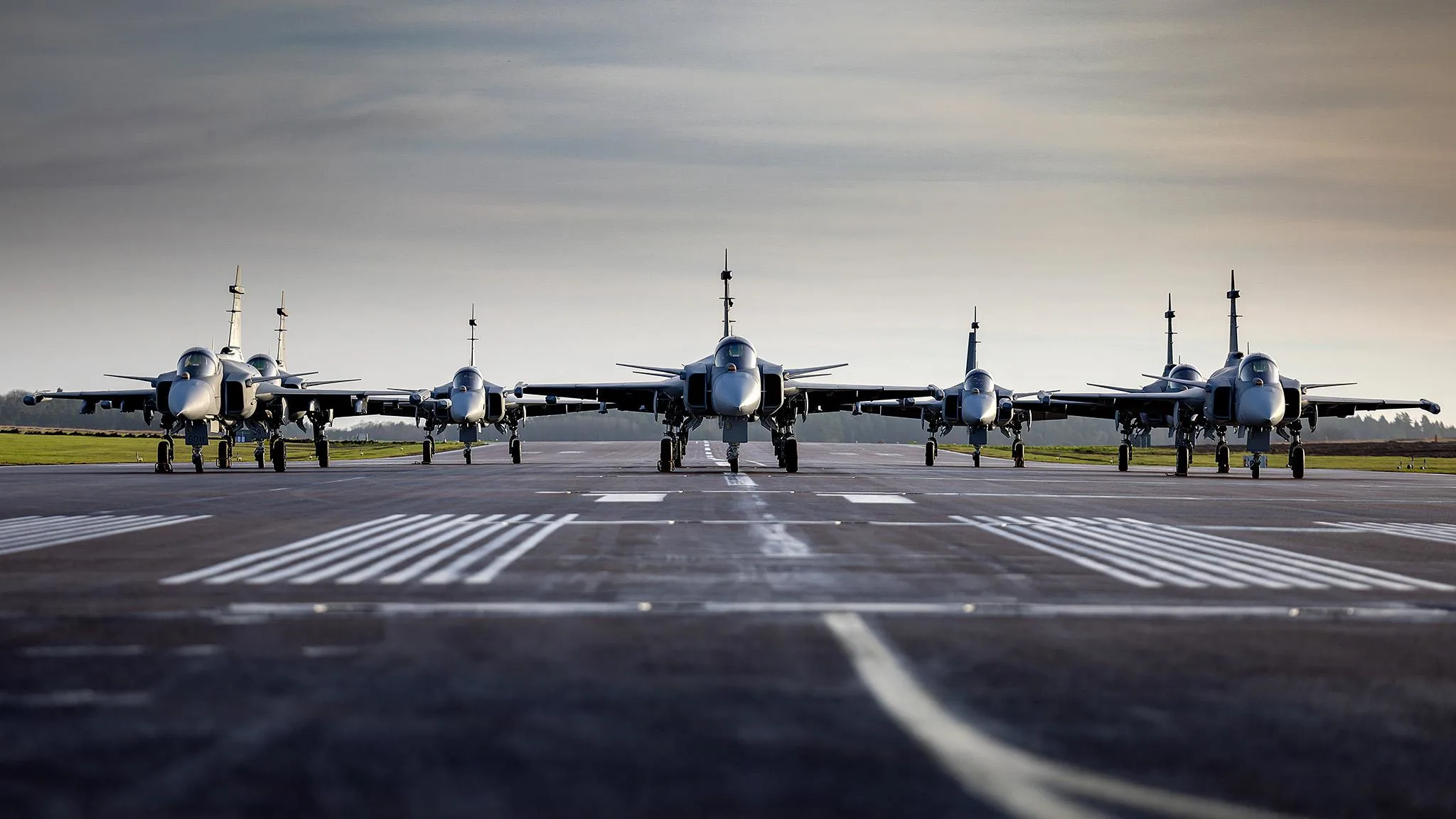
The company will produce 96 of the 114 fighters in India, train engineers and pilots in Sweden and establish simulators and training centers in the country to boost the sustained development of its aeronautical capabilities. In addition, the Swedish firm promises to deliver the first Gripen fighter within 36 months of signing the contract.
The F/A-18E/F Super Hornet and F-15EX Eagle II from Boeing
Boeing is actively offering the IAF the F-15EX Eagle II with India-specific modifications, including the possibility of using Indian-made weapon systems. The level of technology transfer and local production offered for this model is unknown.

The U.S. giant is also promoting its F/A-18E/F Super Hornet Block III, the same fighter that competed and lost against the Rafale M in the competition to provide the Indian Navy’s aircraft carriers with a new on-board fighter. If no new orders come in, the last Super Hornets will roll off the production line in 2027. This situation could become an interesting selling point for Boeing, which, if it gets the Washington permits, could relocate its production line in India to meet the MRFA requirements.
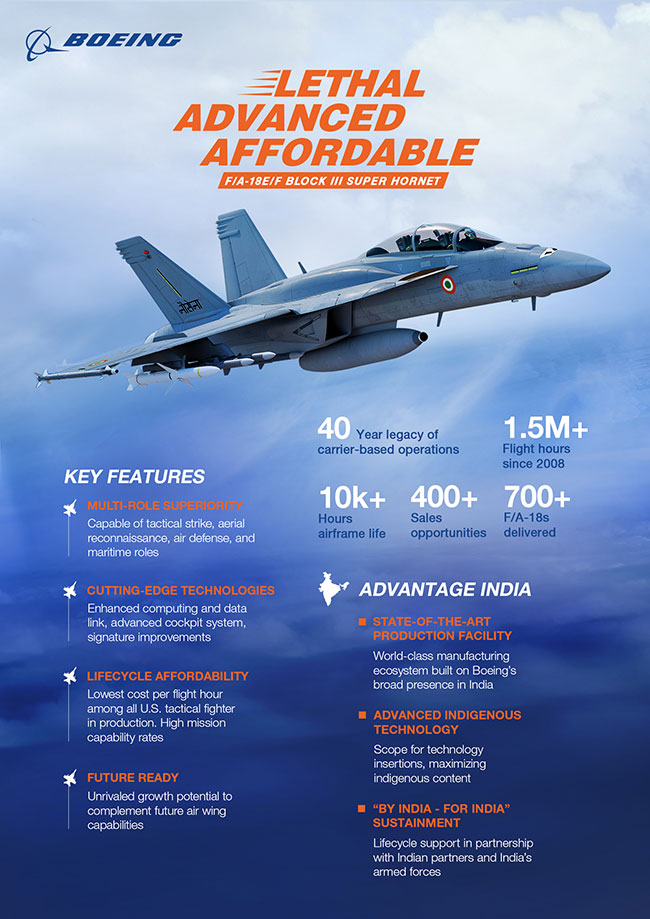
F-21, Lockheed Martin’s proposal for India
The F-21 is a variant of the F-16 Block 70 specially configured to meet the requirements of the Indian Air Force (IAF) MRFA program. One of the highlights of the F-21 is that it is the only fighter in the world capable of both probe-and-basket refueling (the most widely used in the world) and lance refueling (USAF standard).

The F-21 meets the requirements of the “Make in India” program through a partnership between Lockheed Martin and Tata, which resulted in the TLMAL (Tata Lockheed Martin Aerostructures Limited) joint venture, tasked with manufacturing F-16 and potentially F-21 components in India if it wins the MRFA competition. In addition to local production, TLMAL would expand its presence in the global maintenance, repair and operations (MRO) market for the F-16 and other Lockheed Martin products.
Dassault Rafale
Already in operation in the Indian Air Force and selected as an on-board fighter for the Navy’s aircraft carriers, the French Rafale fighter has a clear advantage to win the Indian competition. Dassault offers its most advanced version, the Rafale F4, which has recently started series production.

If they win the MRFA, the French are also offering a significant offsets package and local production of the aircraft and its engine. In addition, they hope to win an eventual second order for naval fighters from the Indian Navy.
Eurofighter Typhoon
The Eurofighter consortium is reportedly offering the Tranche 5 version of the European fighter, equipped with a modern and powerful AESA radar and state-of-the-art defensive systems. In addition, this version incorporates elements of the Long Term Evolution (LTE) package, a development initiative focused on exploring improvements in mission systems, pilot interfaces, operational flexibility and engine performance.
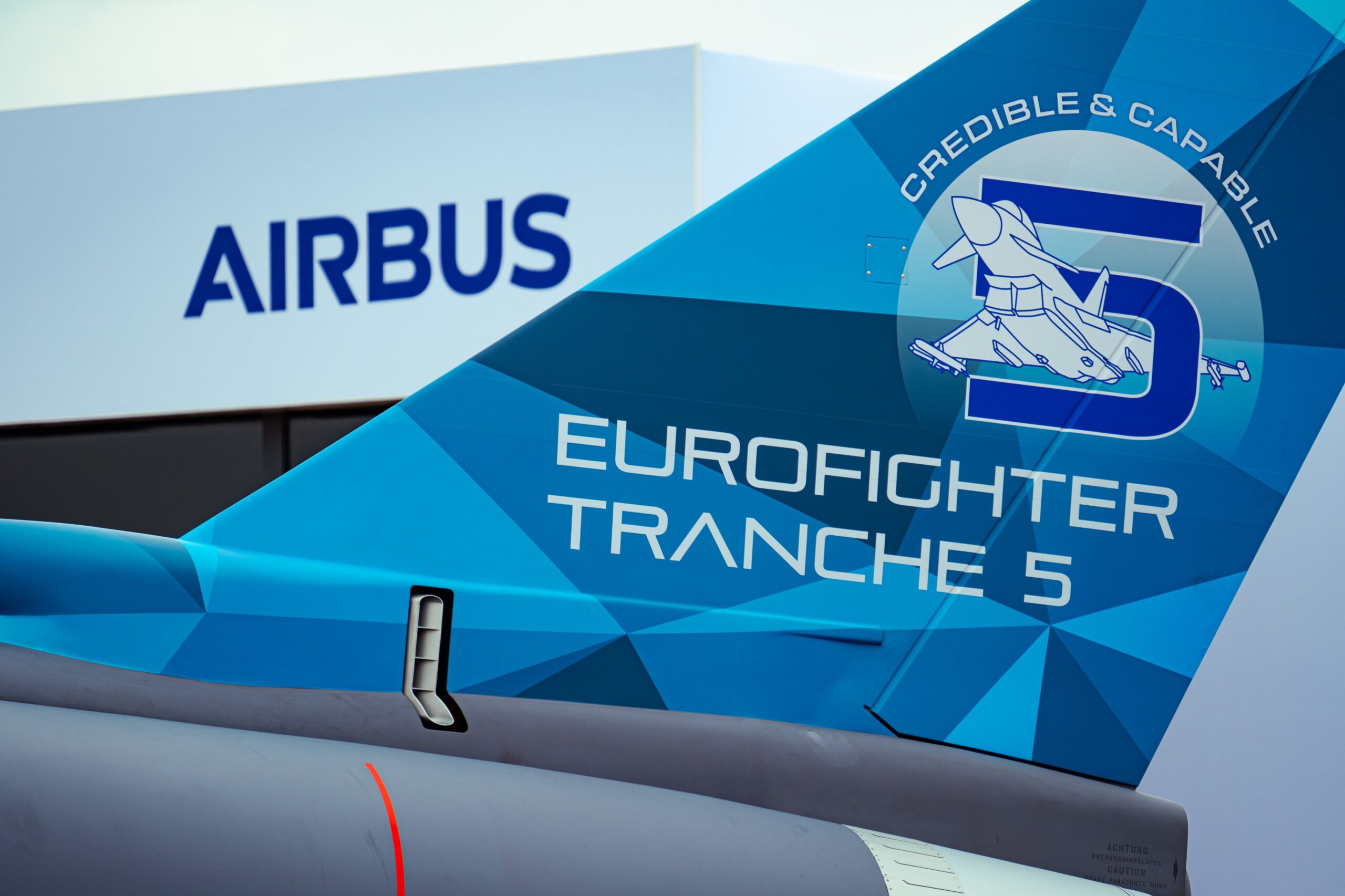
The Eurofighter consortium partners would also be willing to manufacture the aircraft in India, although the name of the local partner, and whether they will reach the manufacturing quota required by the IAF, have yet to be defined.
Sukhoi Su-35
The other competing twin-engine heavy fighter is the Russian Sukhoi Su-35. In principle, the proposal would not seem very attractive to the IAF, since it has a large fleet of Su-30MKI fighters, of similar capabilities, which it plans to modernize with electronics superior to those of the Su-35.
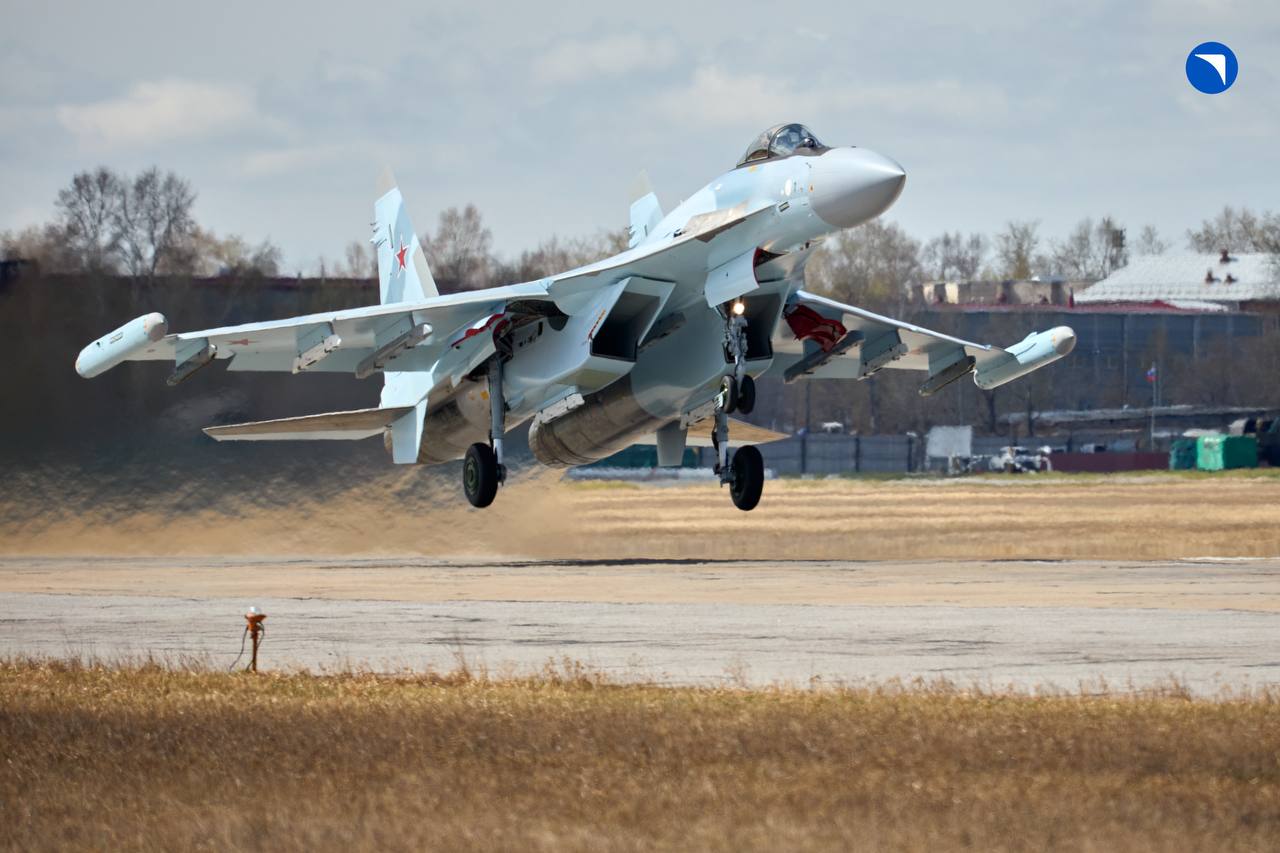
However, it should be recalled that the Indian state-owned aerospace company Hindustan Aeronautics Limited (HAL) has recently initiated talks with Russia to produce Sukhoi Su-30 fighters for export, an aircraft it already manufactures locally with a high degree of nationalization. The addition of Su-35 production would not represent a technical challenge for HAL, which could manufacture them at a higher rate compared to a completely new model for them. In addition, these fighters could be equipped with the same “made in India” electronics used in the modernized version of the Su-30 (unofficially called Super Su-30MKI) and incorporate the Su-35’s own more upgraded and powerful AL-41F1S engine.
MiG-35
The Mikoyan MiG-35, an evolution of the MiG-29M2, is a Russian multirole fighter with single-seat (MiG-35) and two-seat (MiG-35D) versions, first unveiled at Aero India 2007. Equipped with advanced avionics, new AESA radar and more powerful engines, this model integrates some technologies already adopted by the Indian Air Force (IAF) on its modernized MiG-29s.
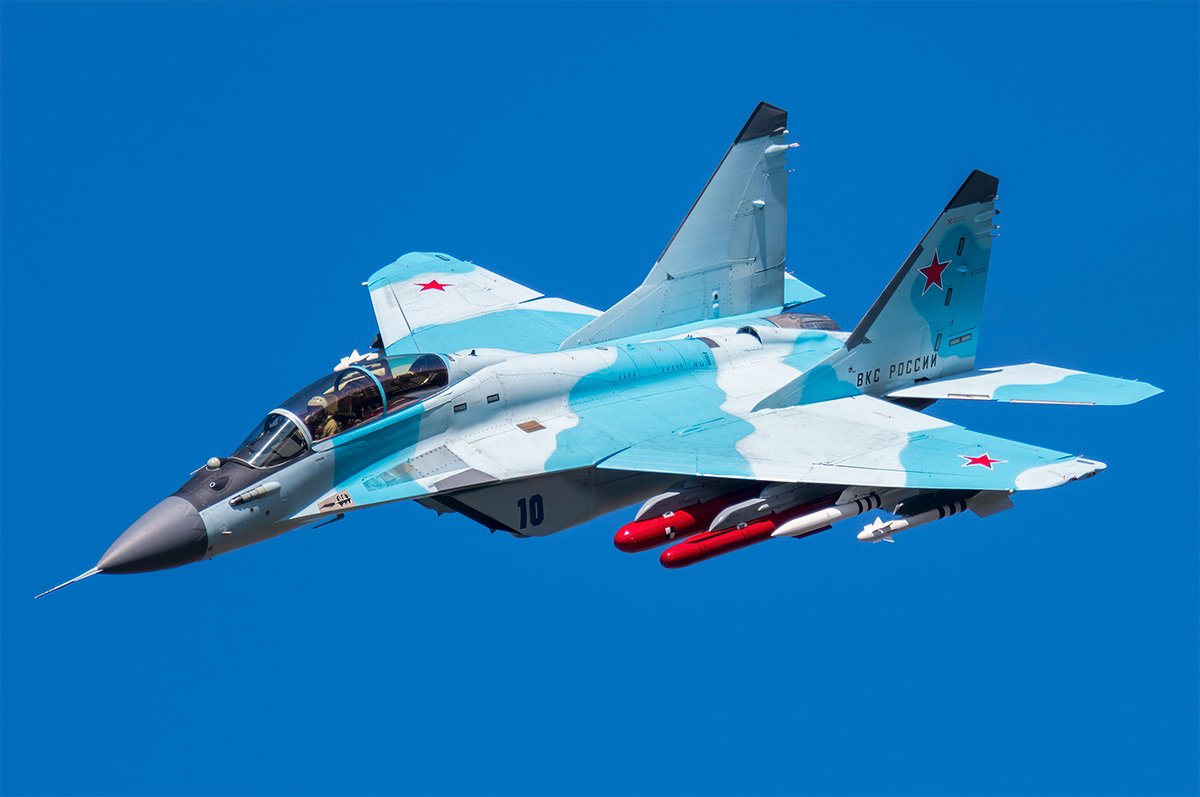
Moreover, since the model failed to attract the interest of other export customers and the Russian Air Force itself, which chose to focus its efforts on strengthening its fleet with Sukhoi fighters, it appears to be the least attractive offer of all.

/https://aviacionlinecdn.eleco.com.ar/media/2024/10/Lockheed-Martin-F-21.jpg)
Para comentar, debés estar registradoPor favor, iniciá sesión